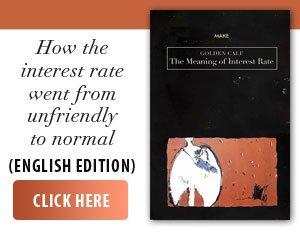Business activity hidden in the shadows generates trillions of dollars in revenue every year, and the value of the global shadow economy is estimated at 11.8% of world GDP, or $12.5 trillion, according to an analysis by consulting firm EY.
The figure is equal to the economies of Germany, Japan and India combined, according to the source.
The EY Global Shadow Economy 2025 report, cited by visualcapitalist.com, assessed the shadow economy in 131 countries using an approach based on currency demand, namely the patterns of cash use in different countries.
The "shadow" economy refers to illegal, "unofficial" and underground activities. It can include anyone - from street vendors to companies that do not report to tax authorities. Overall, the value of the shadow economy represents unreported and untaxed activities that are not included in official GDP figures.
• East Africa, leader in the "shadow" economy: 41.6% of GDP
In about half of the countries analyzed, the shadow economy represents an average of 19% of GDP, according to EY. In North America, the shadow economy represents 5% of GDP, which is the lowest share globally.
However, in terms of absolute value, the US shadow economy is the second largest in the world, worth about $1.4 trillion.
Like North America, Europe (excluding Eastern Europe) and the Middle East have the lowest shares worldwide: 6.6% and 8.2%, respectively. Specifically, the United Arab Emirates is near the bottom of the ranking, with a shadow economy equal to 2.1% of GDP, according to EY.
In Eastern Europe, the share of the underground economy is 11.8% of GDP.
In comparison, East Africa has the highest share overall, at 41.6% of GDP. Among the many factors influencing the widespread presence of the underground economy are corruption, weak institutional structures and distrust in the political system. In second place is Central Africa, with 33.8%, and in third place is West Africa, with 31.5%.
Similarly, the underground economy is significant in South Asia (27.2%), employing over 75% of the working population. In particular, Nepal and Pakistan are among the largest underground economies as a percentage of GDP globally, with 51% and 35% respectively. In the ranking, after South Asia, is South Africa, with 25.9%, North Africa (24.1%), South America (20%), Central America and the Caribbean (17.5%), Southeast Asia and the Pacific (16.7%), West and Central Asia (16.2%).
EY emphasizes that in 119 of the 131 countries analyzed, the size of the underground economy decreased between 2000 and 2023, especially in low-income countries.



























































